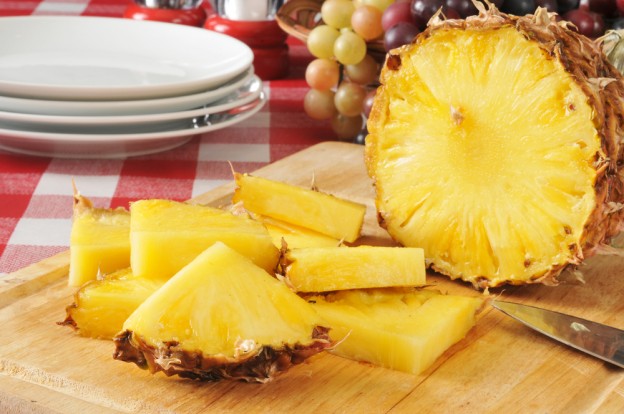I was looking for a quick and healthy meal to have post workout. I had about an hour to eat and get ready for an appointment so I worked with what I had. I looked in my refrigerator and found the following items already cooked:
- Roasted bell peppers
- Roasted red onion
- Roasted garlic
I also knew I had available:
- parmesan cheese and gluten free hamburger buns
- extra firm tofu as well as gluten free deli turkey … so decided to go with the tofu
- a head of cauliflower and some low sodium vegetable broth
Therefore, in less than 30 minutes I had dinner on the table. If nothing was prepared, this would have taken an hour.
Directions:
- Chop the cauliflower stem and leaves into small pieces. Add the stalks and flowers to a pan with 1/2 cup low salt vegetable broth. Cover and let it simmer. (Check your pan from time to time…add some more broth if broth is almost gone and cauliflower is not at your desired texture. I prefer it to have a bit of a crunch. OPTION: dice a clove of garlic and add to the pan for flavor.
- Drain the tofu by wrapping it in a kitchen towel and putting it between two dinner plates with a BOOK on top. How long to you drain the tofu? That is a personal choice. You can omit this step or drain it for up to an hour. After the tofu drains, if you decide to drain it (I prefer my tofu dry so I drain it as long as I can), cut the tofu block in half length and width wise…creating 4 evenly sized pieces.
- Sautee the tofu in a pan with toasted sesame oil and some black pepper.
NOTE: If you wish to add another step and a few minutes to your meal…marinate the tofu in Gluten Free Teriyaki Sauce or Sriracha Sauce. Adding the sauce TO the tofu means you will not need to add the sauce to the sandwich.
- Defrost (if necessary) and toast the buns (adding a small amount of parmesan cheese) while the tofu and cauliflower cook. I started the buns with about 5 minutes to go. I warmed up the left over roasted items at the same time.
- The sandwich was great open faced…with stacked vegetables on the bottom and thick tofu wedge on top. (I added gluten free teriyaki sauce on my toasted buns to add flavor. You could add a gluten free sauce of your choice.) A smaller sandwich would have thinner slices of tofu. The crunchy outer shell of the tofu, the softer interior, the vegetables melting in your mouth, and the bread to absorb the flavors was a delight after a long day.
- I served with a side of roasted vegetables with rosemary (already cooked).
- OMIT vegetables and add lettuce, spinach, or arugula (or include them as well)
- Substitute a chicken breast or gluten free deli turkey meat for the tofu
- Omit cheese if you are trying to avoid dairy
- Omit bun and use butter lettuce or another green as your mock bun
Enjoy this fast and simple YogaLean meal. Be active and eat healthy to be the best you that you can be. Enjoy this recipe and other gluten free recipes at Healthy Recipe Variations Blog.

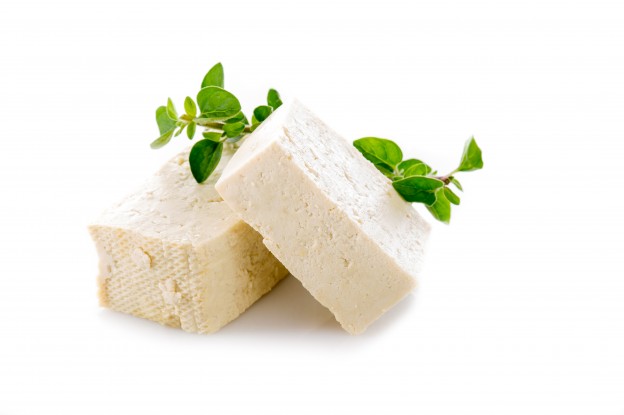


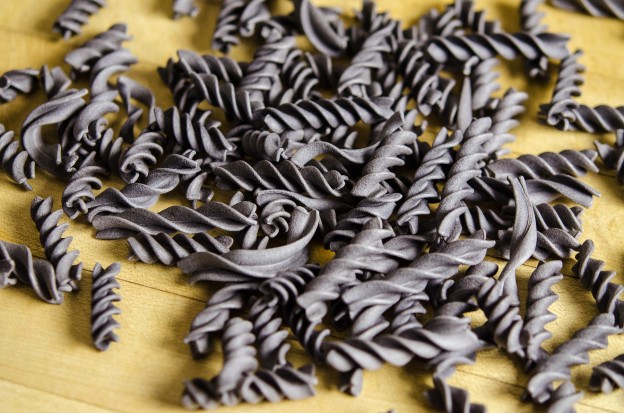

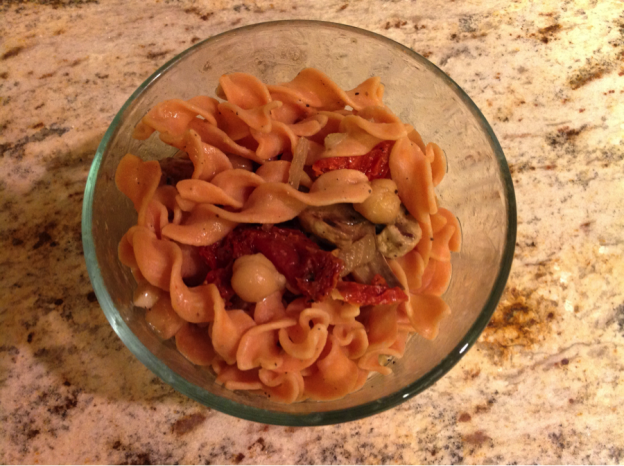
 2. Add diced sundried tomatoes, mushrooms, and broth to pan and
2. Add diced sundried tomatoes, mushrooms, and broth to pan and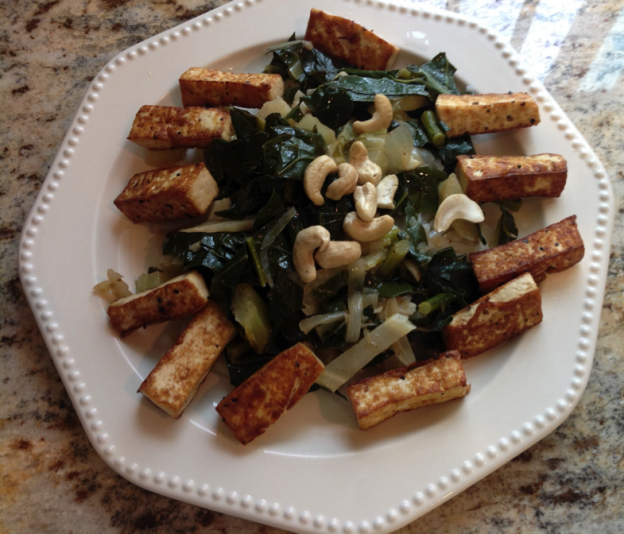
 I have used the greens as a side dish on their own and have enjoyed using them in stir-fry dishes also. The great thing about a stir-fry is that it is a way to use of vegetables that you have in the refrigerator. You do not need to have a large portion of any one vegetable to make a successful stir-fry. Each time you make a stir-fry you can use a different sauce as well. It can be an ever-changing recipe. Of course, when you find a combination you like, you may want to make it time and time again!
I have used the greens as a side dish on their own and have enjoyed using them in stir-fry dishes also. The great thing about a stir-fry is that it is a way to use of vegetables that you have in the refrigerator. You do not need to have a large portion of any one vegetable to make a successful stir-fry. Each time you make a stir-fry you can use a different sauce as well. It can be an ever-changing recipe. Of course, when you find a combination you like, you may want to make it time and time again!




